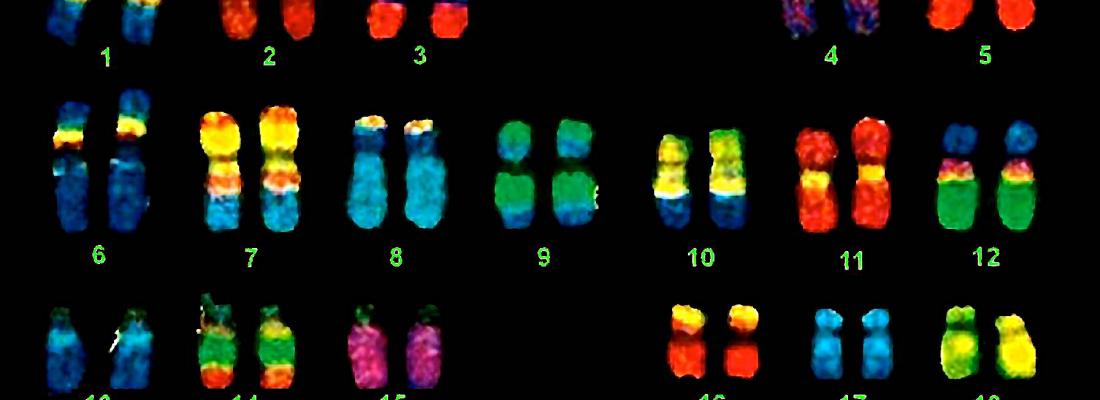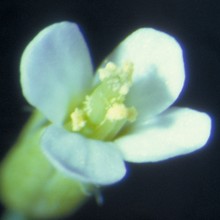Agroecology Reading time 3 min
Understanding the mechanism behind dominant and recessive gene expression
Published on 17 December 2014

The dominant and recessive relationship between alleles was one of the first observations made in the field of genetics by Gregor Mendel in the nineteenth century. Today, we know that various genetic traits, such as eye colour, blood types or certain genetic diseases, are either dominant or recessive.
Naturally, this fundamental biological phenomenon piqued the interest of scientists from the moment it was discovered. It even stirred up controversy in the 1930s among evolutionists.
Today, it stands as a rare example of a mechanism for which we can answer the age-old questions of why it exists and how it works.
The enormous progress made is the result of remarkable research, evolutionary hypotheses and experiments that draw from such fields as population genetics, physiology, bioinformatics, and molecular genetics.
This report tells the story of this discovery in three chapters.
A recent article published in Science offers a broad explanation and detailed the evolutionary history of the mechanism of genetic dominance. It describes the existence of a complex network of dominance between several alleles within a single locus: the self-incompatibility locus in flowering plants of the Arabidopsis genus. The article explains how this network came about through evolution and the advantage that dominance confers in the self-incompatibility process. This research, led mainly by Vincent Castric (“Evo-Eco-Paléo” lab, CNRS-Université Lille 1 Joint Research Unit), was made possible through an inter-institutional partnership (CNRS, Université de Lille 1, INRA, Université Claude Bernard Lyon 1, Ecole Normale Supérieure de Lyon) and by the Swiss Federal Institute of Technology in Zurich.
Eléonore Durand, Raphaël Méheust, Vincent Castric et. al. Dominance hierarchy arising from the evolution of a complex small RNA regulatory network. Science 5 December 2014.
See the complete folder:



